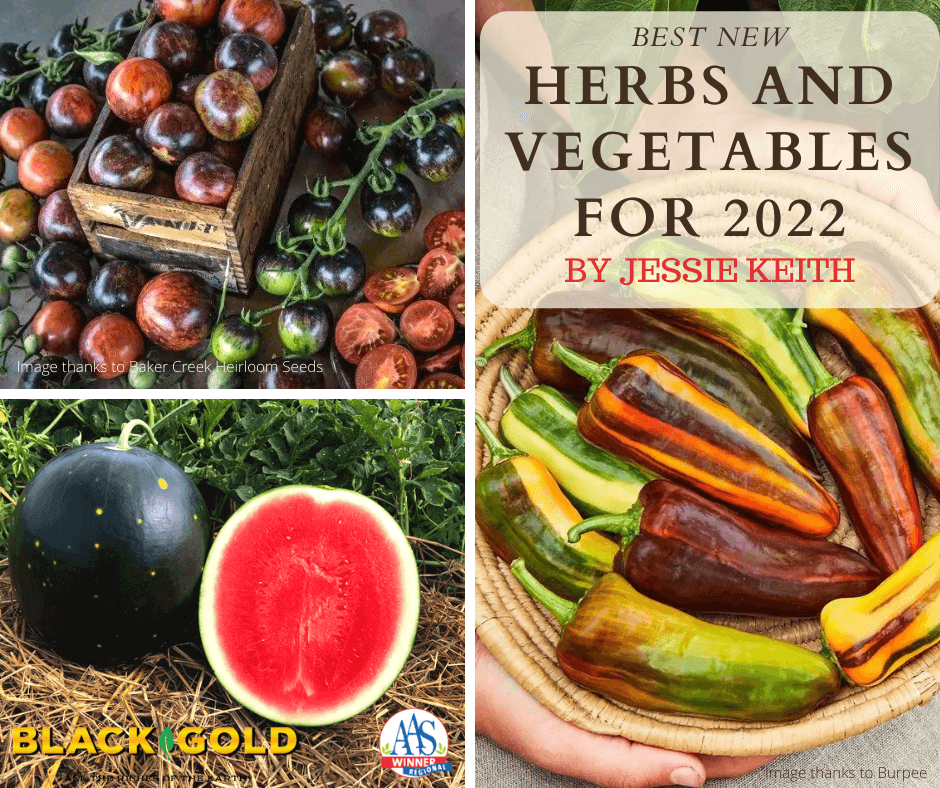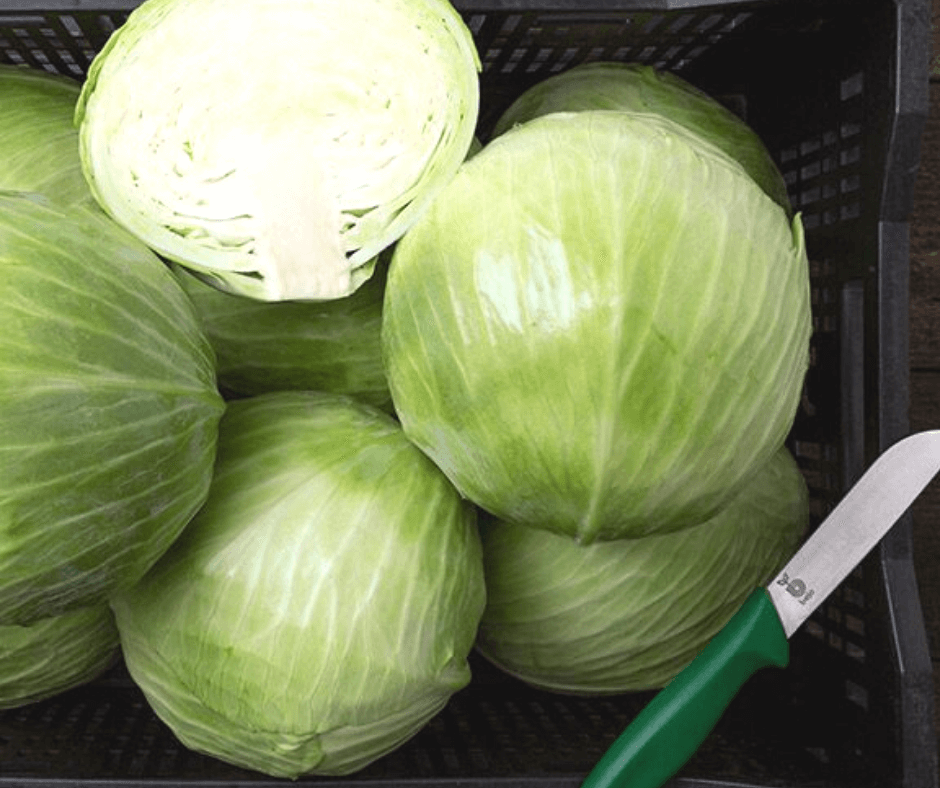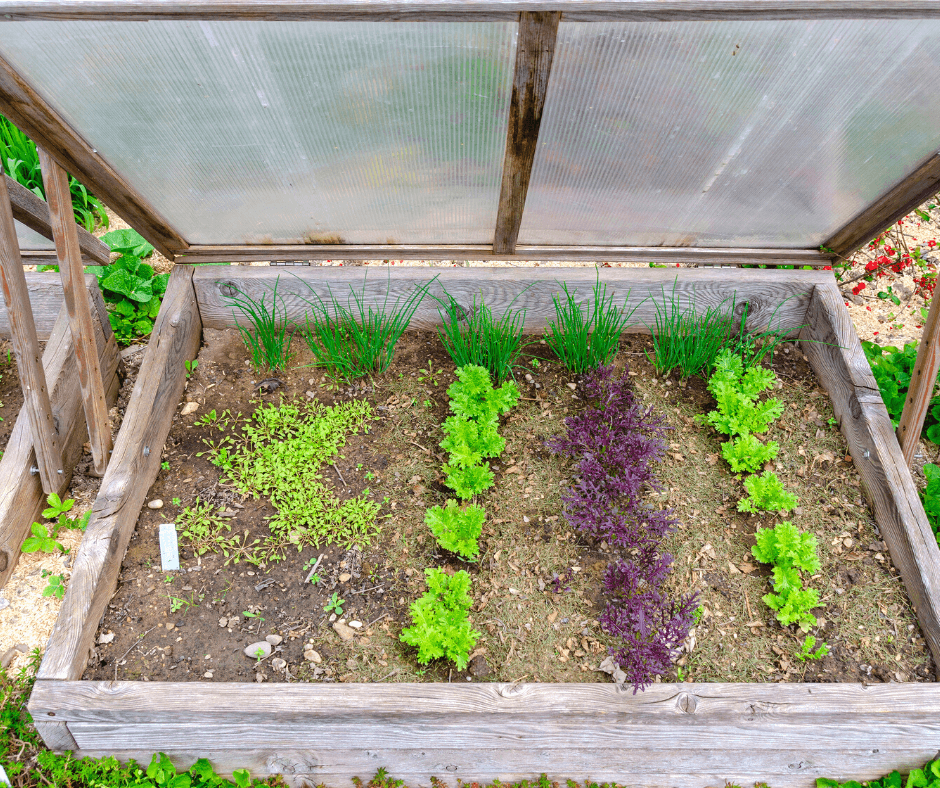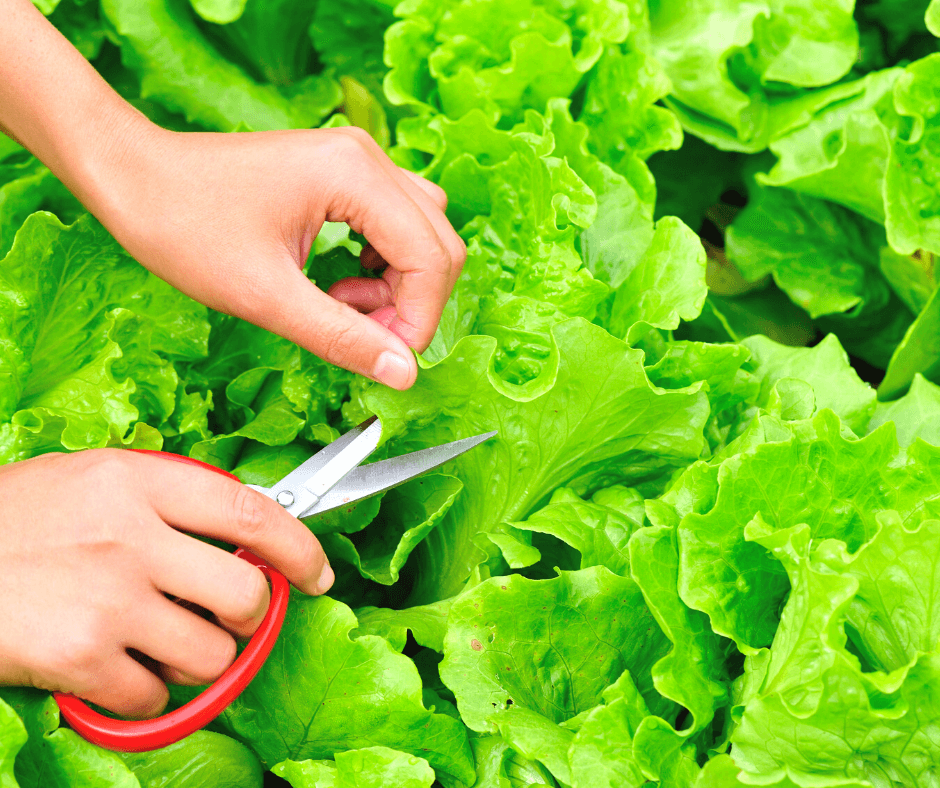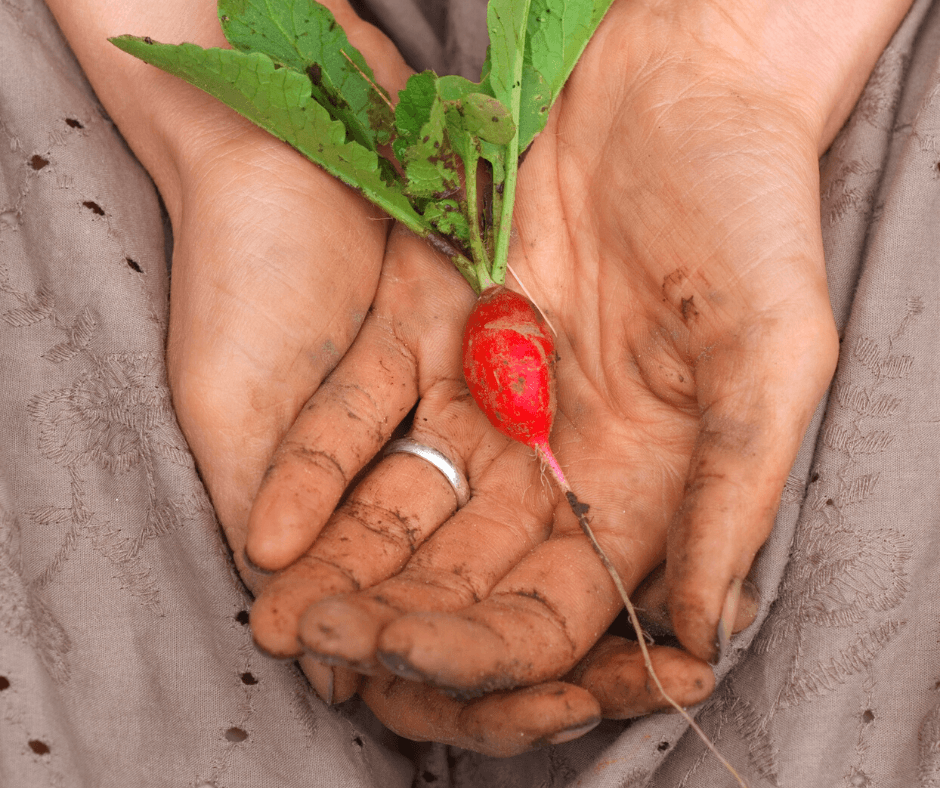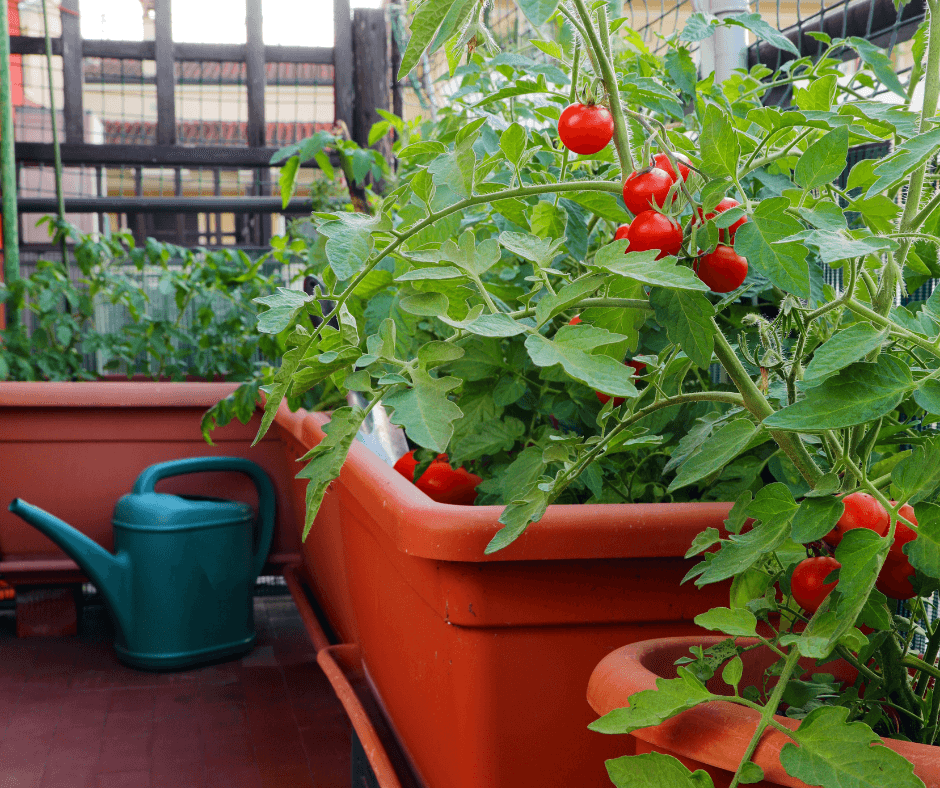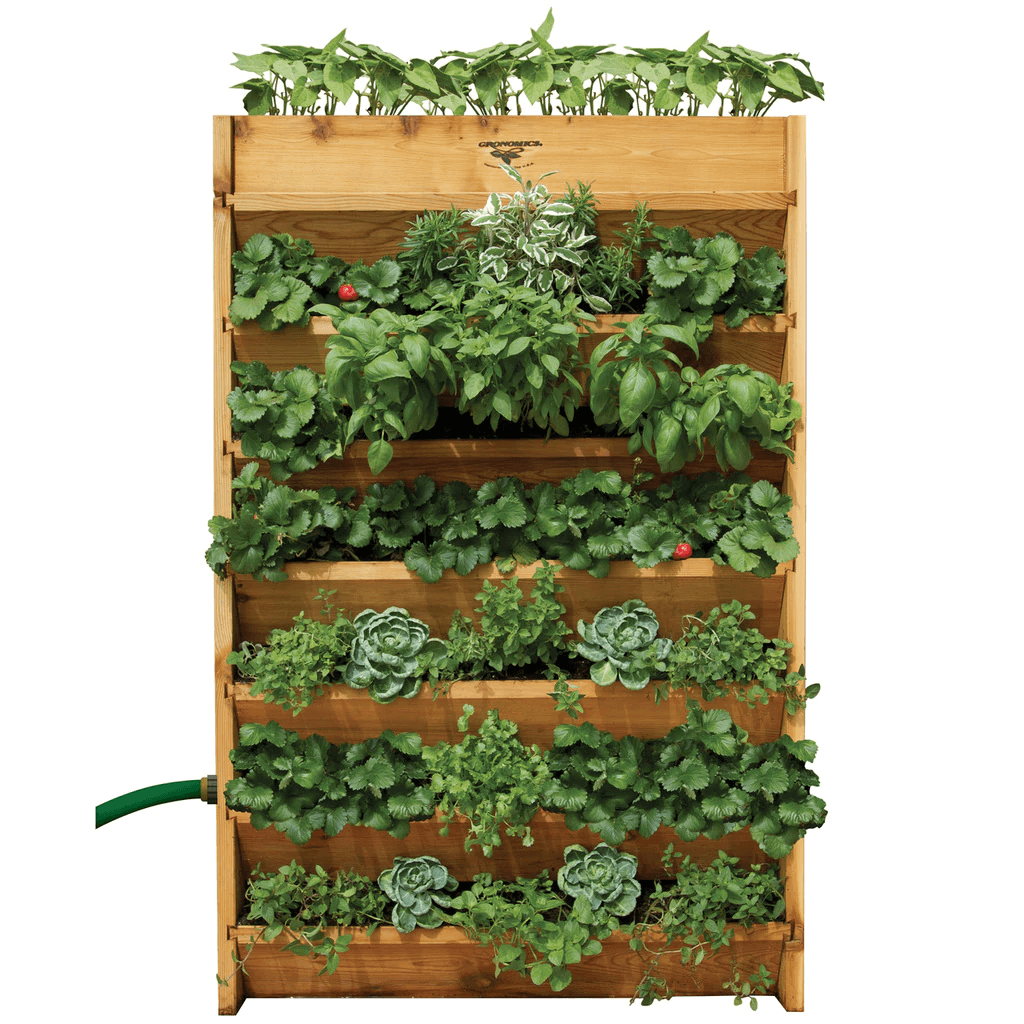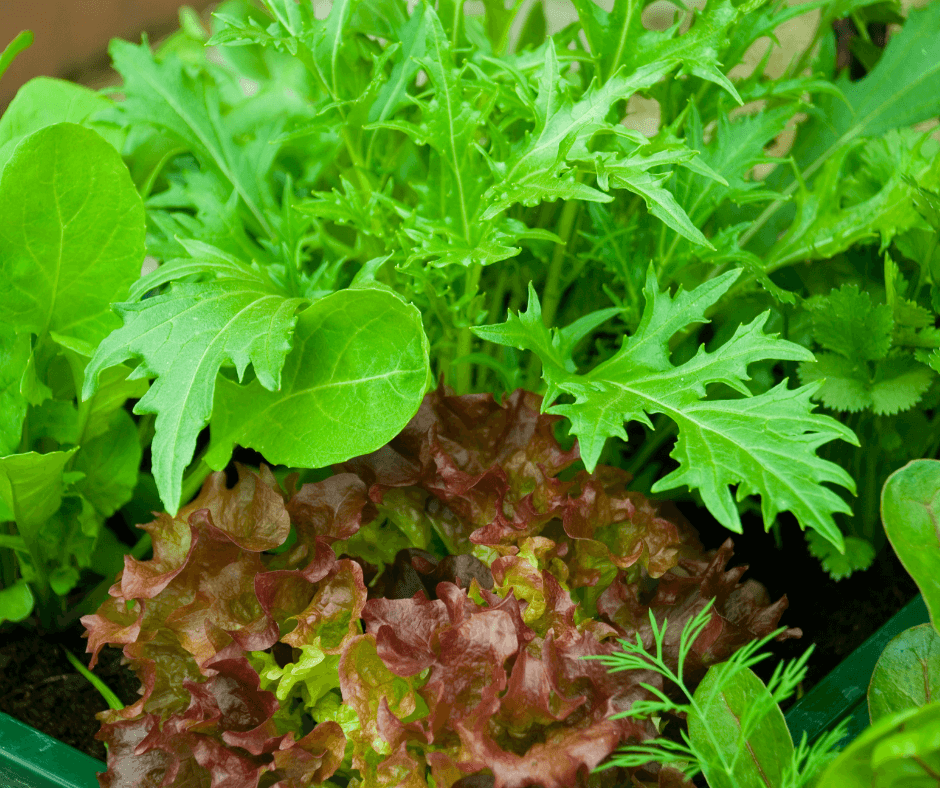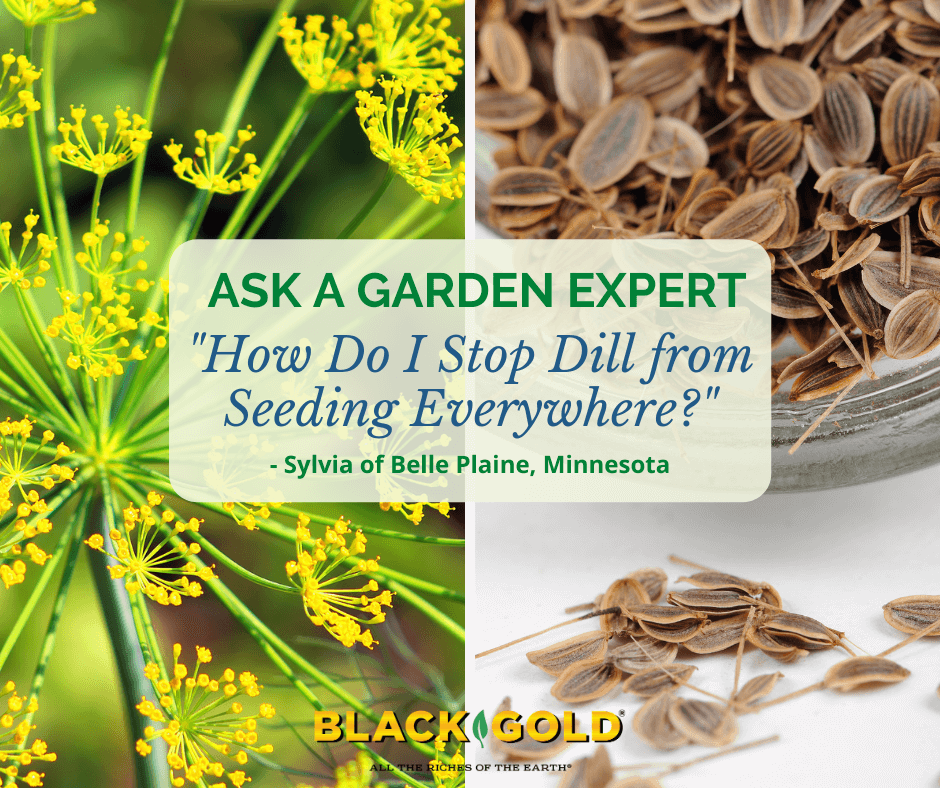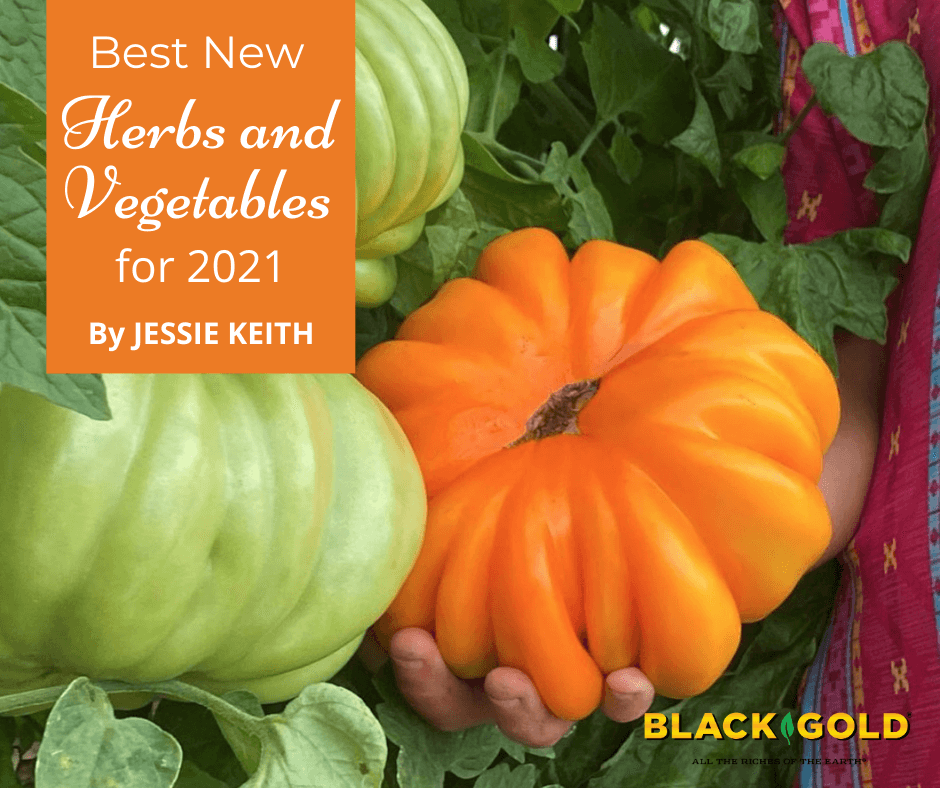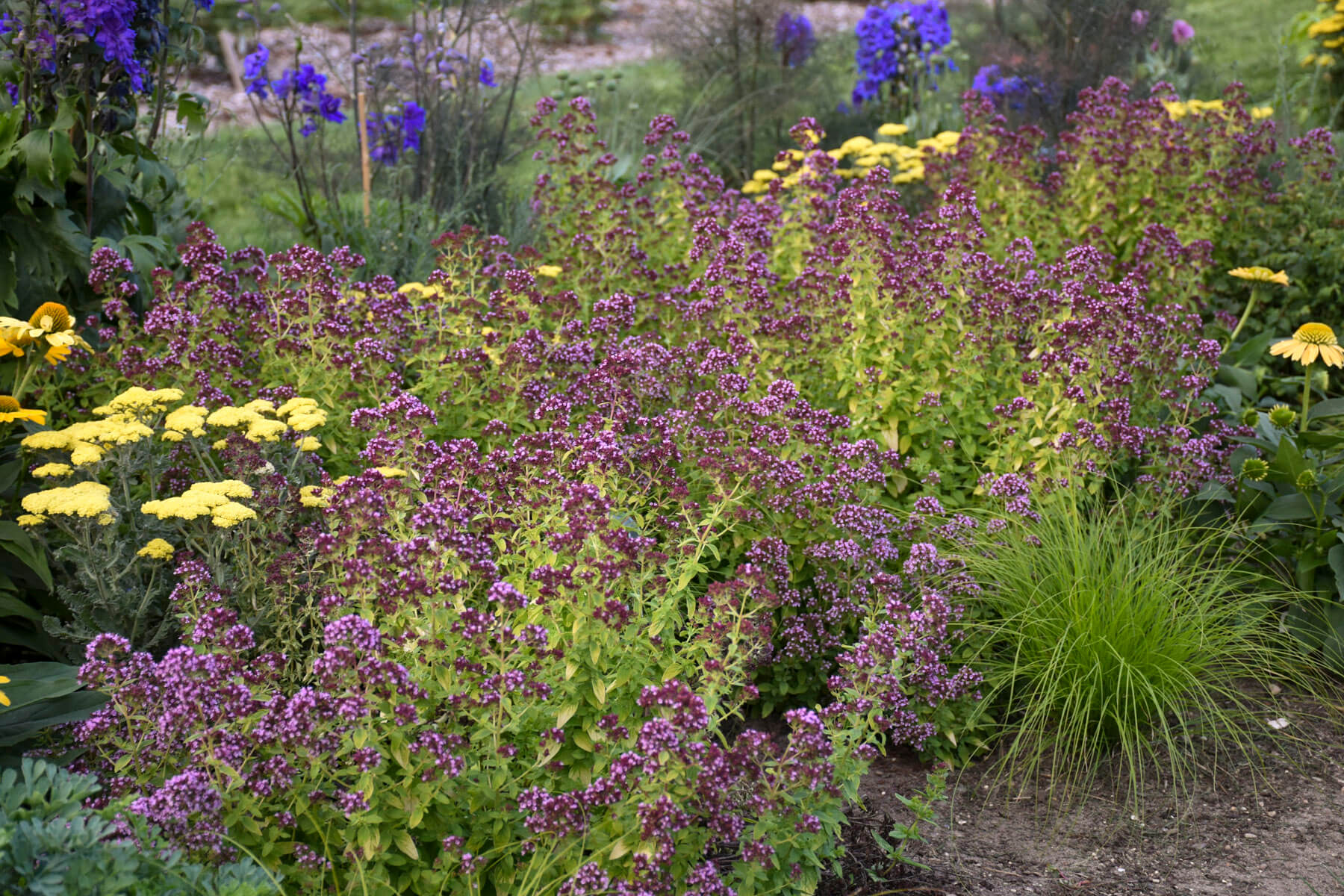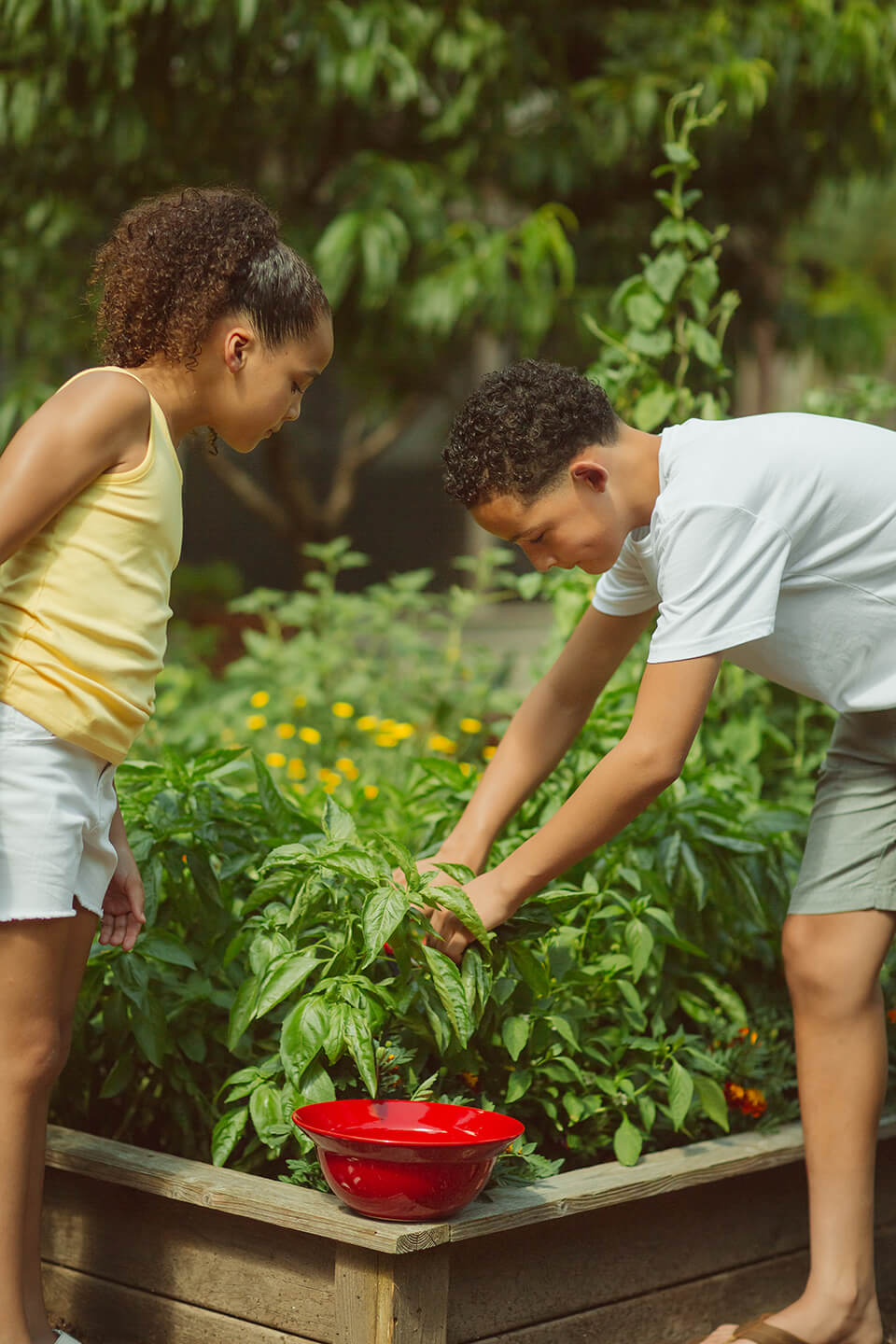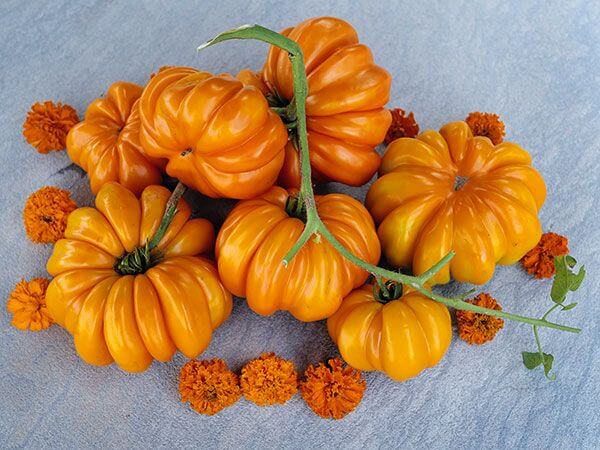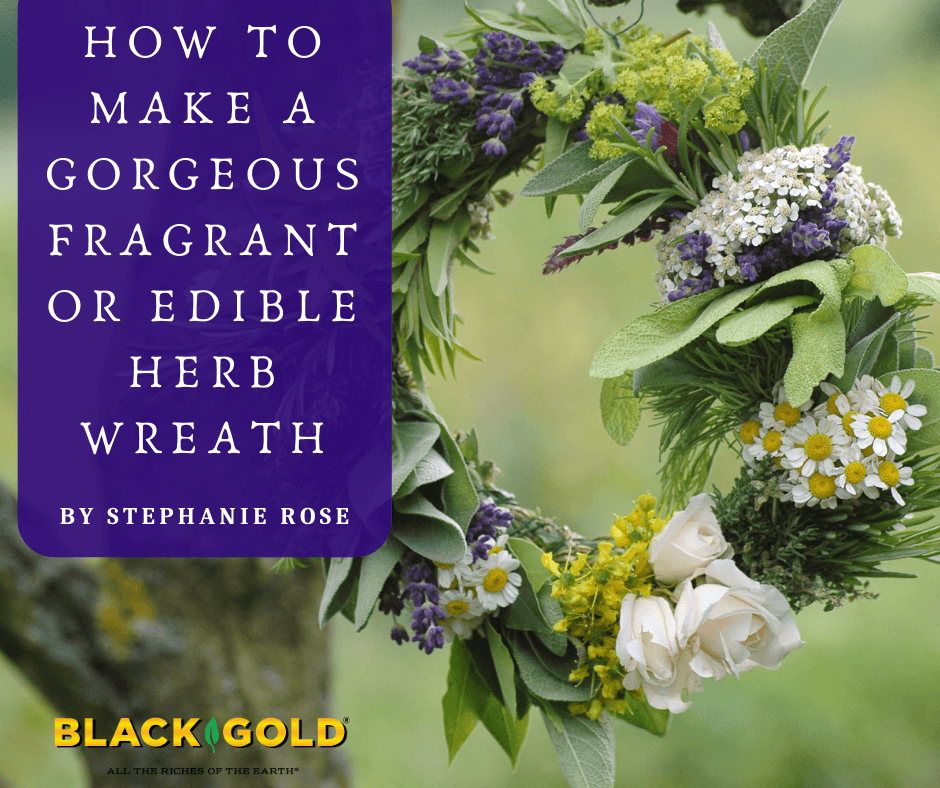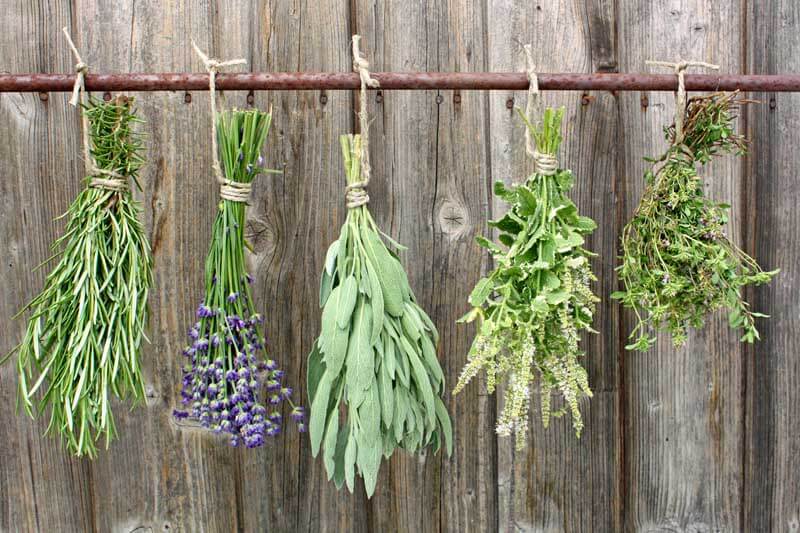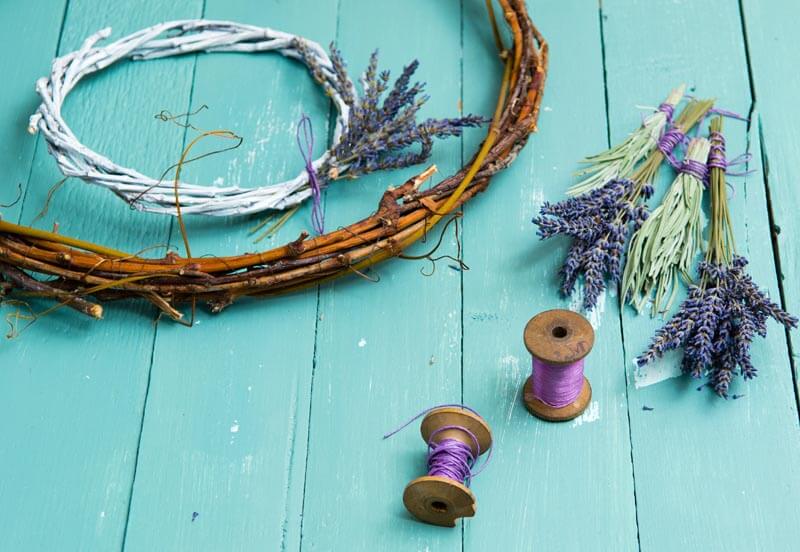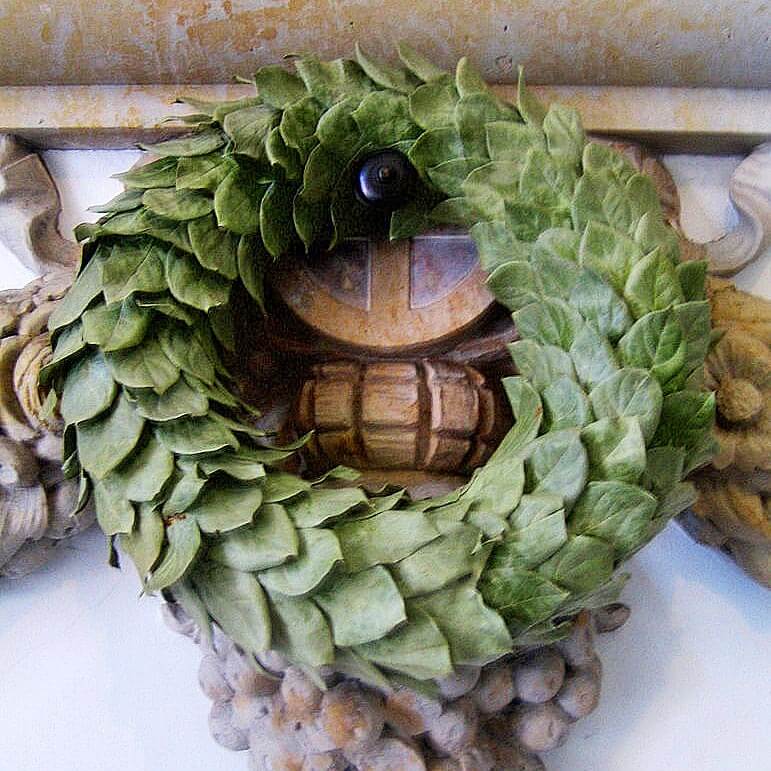Each year, I look forward to writing this article because it’s fun to research and write. Vegetable gardening is popular, and with popularity comes variety and loads of new enticing introductions each year. 2022 is no exception. New prettier, tastier, more disease-resistant vegetable pickings are many, and with inflation on the rise, I hope more people will give home growing a try. Inexpensive fresh food is a huge draw! Successful home growers quickly learn the value of less costly, better-tasting food harvested from their own gardens.
New 2022 Vegetable Introductions
Lots of the plants on this list, I plan to grow myself. Each new introduction was chosen for its advertised flavor, vigor, production, and appeal. Disease resistance is another plus.
Beans and Peas

Starting with cool-season crops, there are a couple of select peas to try. High Mowing Organic Seeds is offering the crisp, new snow pea ‘Blizzard‘ (58 days to harvest). It performed very well in their trials, bearing lots of slender, crisp, sweet snow peas on 30-36 inch vines. Snap peas are my favorite, so I will be trying another new pea they are offering, ‘Sweet Gem’ (63 days) snap pea. Its copious, juicy, crisp, sweet peas are produced on strong 45-52 inch vines, which are disease resistant.
Warm-season bush beans can be grown in 4-week intervals throughout the summer, and I like the space-saving plants. Slender, crisp filet beans are so delicious when freshly harvested, and bright yellow ‘Bamako‘ filet bean (54 days) from Johnny’s Select Seeds is stringless, crisp, and plants become loaded with golden beans in the summer months. The upright bush bean is also very disease-resistant. Green bean lovers should consider the new Red Tail snap bush bean, which bears straight, crisp, glossy, 5-6 inch green beans with excellent flavor. Add it to your list.
Sweet Corn
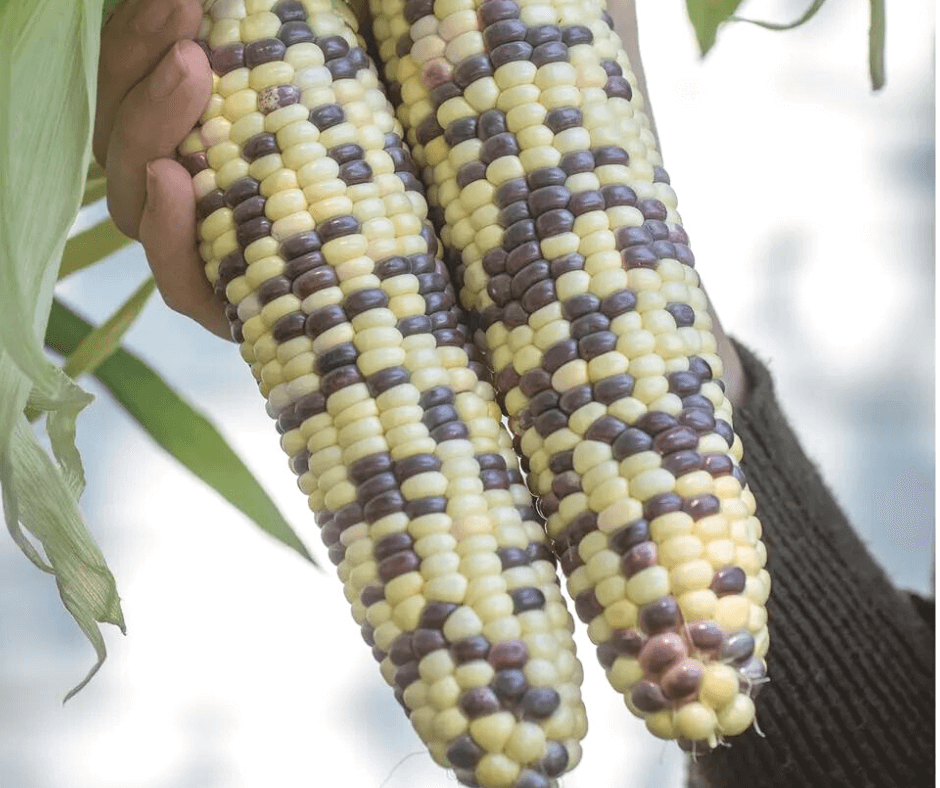
Two new corn varieties stood out to me on the page. The early corn ‘Solstice’ (68 days), offer by Johnnys, is a tasty bicolor with yellow and gold kernels that mature in just a little over two months after sprouting. Blight resistance and reliable productivity are two more reasons to grow it. The unusually beautiful ‘Wild Violet‘ sweet corn is a Burpee offering with blue-grey and white kernels that darken after cooking. Even though it looks like decorative corn, it is sweet, juicy, and flavorful–a must-grow variety for adventurous gardeners.
Greens, Cabbages, and Roots
Unique carrots are always fun to grow, and ‘Yellow Moon‘ is an all-season Nantes x Imperator type carrot that’s crisp, long, and pale yellow. I am sold.
Squash, Melons, and Cucumbers

Parks Seed is selling, Butterbaby butternut squash (100-105 days), which has 4-6 inch, sweet squashes that are as cute as pie. The short-vined plants allow home gardeners with less space to grow them. Those with more space need to try Burpee’s ‘Butterkin’ squash (105 days), which is a pumpkin and butternut squash hybrid with a pumpkin-like look and butternut skin. Its bright orange flesh is noted as being delectably sweet and smooth.
Cucumber and pickle picklers must try ‘Mini-Me’ (45 days), a seedless snack cucumber that’s prolific, just 2-3 inches, and very crisp and sweet. Grow these little Beit-alpha-type seedless cucumbers through summer. The larger beit-alpha cucumber, Merlin (50-55 days), from Burpee Seeds, is equally seedless, sweet, and bears well.
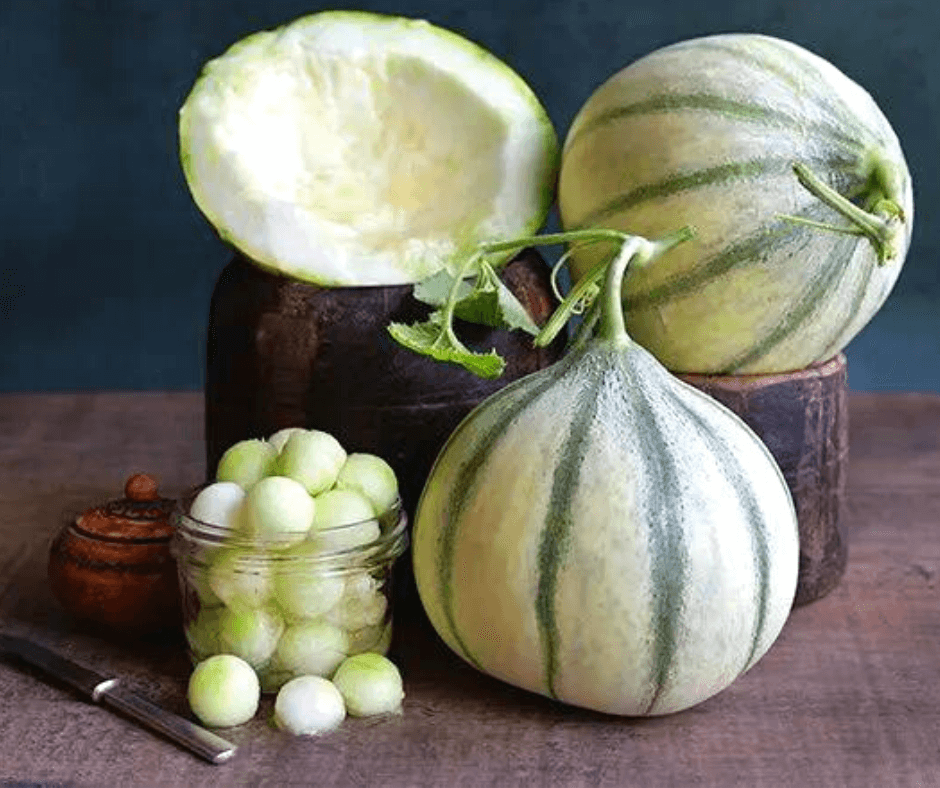
Century Star (80 days) seedless watermelon is a 2022 AAS Regional Winner for a reason. It yielded lots of sweet, seedless, 10 lb melons in Michigan where summers are cool. The fruits and leaves are beautifully dotted with yellow spots as well. Another unique melon I could not resist is the Indian ‘Hara Madhu’ (90 days), which is noted for its exceptional tolerance to hot, dry conditions as well as its honeyed taste. It’s a great choice for those living where summers are hot.
One productive new zucchini from Baker Creek Heirloom Seeds that stood out is ‘Long White of Palermo‘ (45-55 days). The heirloom Mediterranean variety bears buttery zucchinis with a pleasing nutty flavor on bushy plants just right for smaller gardens. The totally unique avocado squash ‘Zapallito Del Tronco‘ (50 days) from Baker Creek also piqued my interest. It is an Argentinian heirloom that looks like a winter squash but eats like summer squash and has buttery soft flesh.
Tomatoes and Peppers
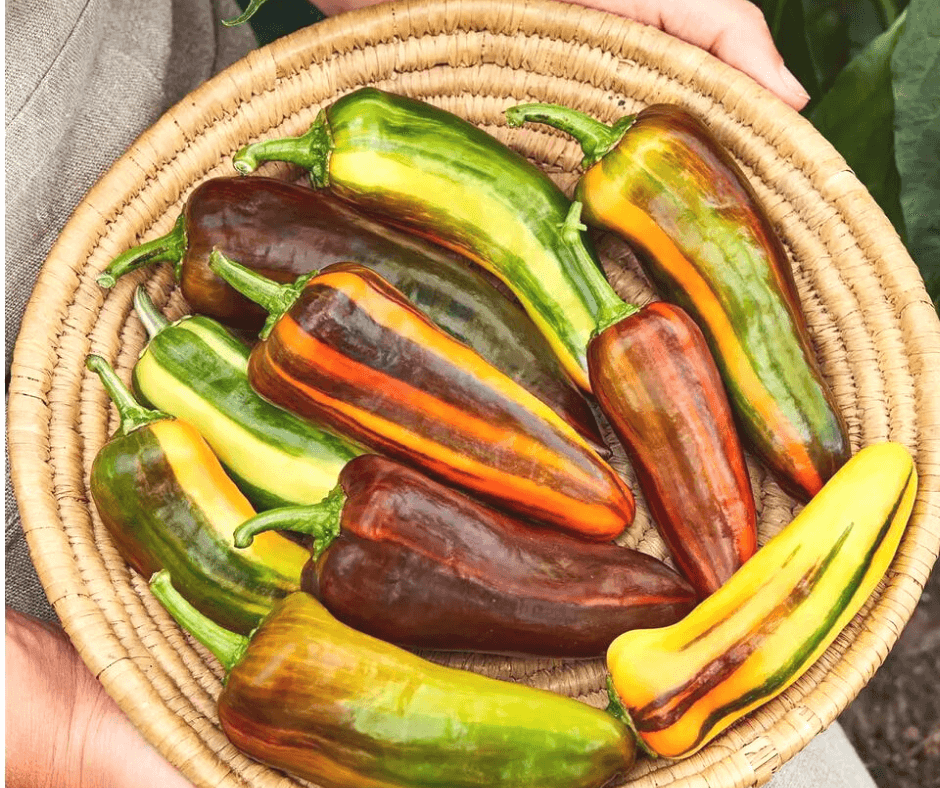
Burpee is selling the colorful ‘Mocha Swirl‘ (50-70 days) snacking pepper exclusively, and it is one of the prettiest peppers I’ve ever seen. Its tasty elongated fruits are swirled with shades of red, orange, purple, yellow, and green when mature. Plant it alongside the compact (18″) ‘Purple Beauty‘ bell pepper (75 days), from Baker Creek Heirloom Seed, which has sweet, thick-walled, blocky fruits that mature to almost black. Both will look beautiful on a crudité tray alongside Johnny’s reliable, bright orange ‘Flavorburst’ pepper (67-87 days), which is noted for its high sugar content.
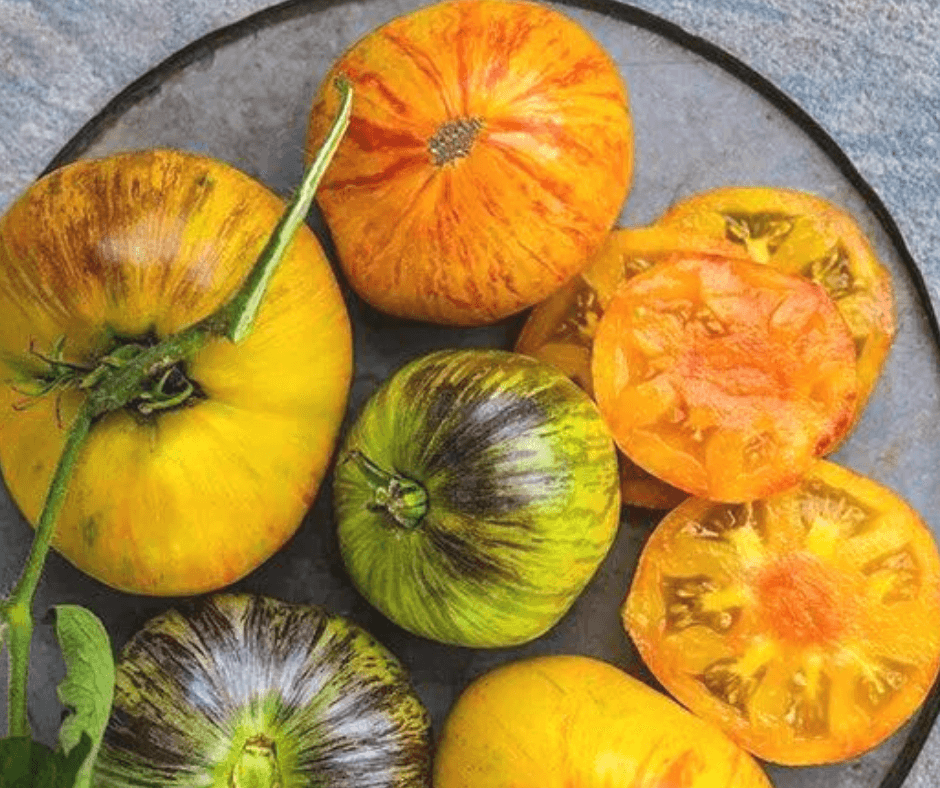
2022 has so many tomato introductions! My final picks were chosen for beauty, trial ratings, disease resistance, and taste (most of all). The bicolored green and red Captain Lucky (75 days, indeterminate) slicing tomato is a new one from Johnny’s with excellent flavor that challenges the best heirloom tomatoes. The yellow, green, pink, and red interior is described as psychedelic. Two more big on beauty and flavor from Baker Creek are ‘Alice’s Dream‘ (80 days, indeterminate) beefsteak and ‘Black Strawberry’ cherry tomato (60 days, indeterminate). ‘Alice’s Dream’ has an orange-yellow exterior striped with purple and a deep orange-yellow interior described as tasting sweet and tropical. The super sweet ‘Black Strawberry’ tomatoes are orange-red caste with a mottled overlay of purple-black and produced in easy-to-harvest trusses. Finally, Burpee’s Bodacious big slicing tomato (80-85 days, indeterminate) deserves attention. The large, red, tasty tomatoes are aromatic and produced on vines that really resist blight. Each can produce 40-50 fruits in a season.
Cool New Herbs
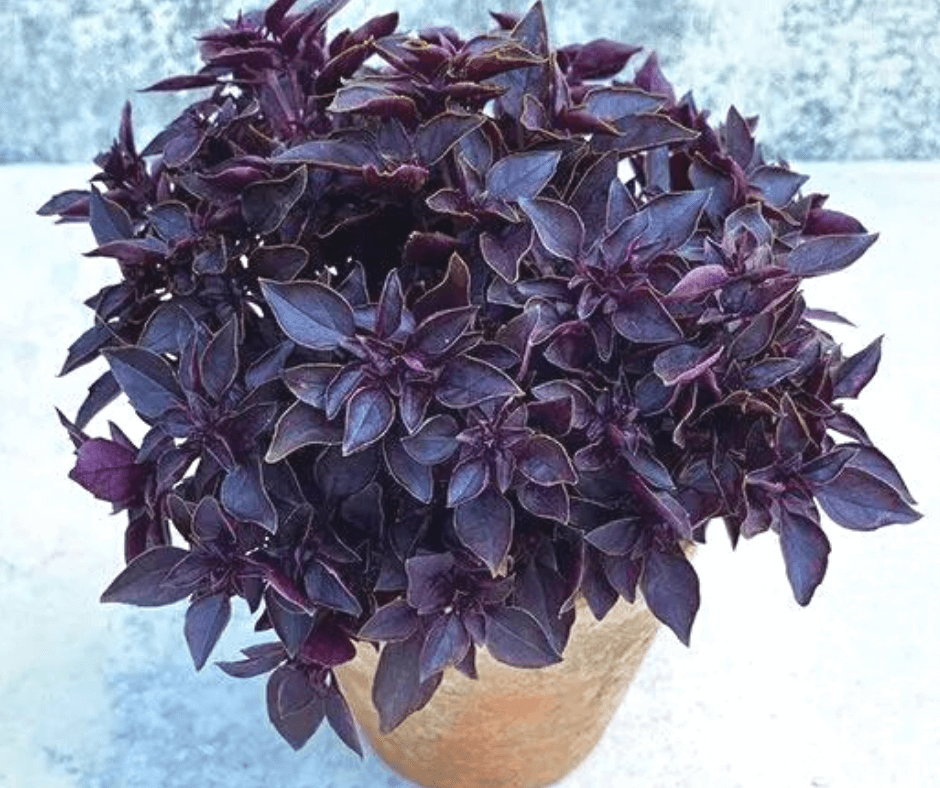
Baker Creek takes the cake when it comes to amazing new herbs for the garden. ‘Orangelo’ thyme (Thymus fragrantissimus ‘Orangelo’, Zones 5-8) looks extra inviting with its promise of true citrus flavor. I have to make space for a couple in my rock garden. There is no want for new and interesting basils. Small-space gardeners will love the deepest-purple, ball-shaped ‘Purple Ball‘, which reaches just under 12 inches. Its sweet, fragrant, darkest purple leaves will look great in salads and pasta. Baker Creek’s ‘Evivi Ntor’ African basil, originally grown and obtained from the Ewe tribe in Ghana, is described as having a sharp, peppery, citrusy flavor. It is also remarkably heat-tolerant. Another basil for flavor and summer heat is Everleaf Thai Towers. The upright plants are slow to bolt, reach 2-3 feet, and have true Thai basil flavor.
 Now’s the time to purchase seeds for these vegetables, if you are inclined to grow your own from seed (click here to learn how). Vegetable gardening is hot, so hot that seeds are selling out at record speed, so now is the time to buy them. You may also want to pick up a bag of OMRI Listed Black Gold Seedling Mix while you are at it. (Click here for my top ten vegetable gardening tips.)
Now’s the time to purchase seeds for these vegetables, if you are inclined to grow your own from seed (click here to learn how). Vegetable gardening is hot, so hot that seeds are selling out at record speed, so now is the time to buy them. You may also want to pick up a bag of OMRI Listed Black Gold Seedling Mix while you are at it. (Click here for my top ten vegetable gardening tips.)

